
The internet and my inbox are flooded with amazing photos of the big Solar Eclipse of 2024. Millions shared their experiences on social media of what was arguably a once-in-a-lifetime experience but many also took to email to comment on my smartphone eclipse photography showdown.
The comments, like the final photos, ranged in quality – but more than a few people questioned my methods. The most frequent concern: why didn't I use the formidable digital zooms available on the Samsung Galaxy S 23 Ultra, the Google Pixel 8 Pro, and even the iPhone 15 Pro Max (despite building in digital zoom capabilities, Apple has never touted anything beyond optical zoom).
In each case, the phones' digital zoom far outstrips the optical capabilities. My iPhone 15 Pro Max's tetraprism zoom can extend to 25x with a digital assist. Similarly, the Google Pixel 8 Pro's 5x optical zoom will extend to 30x digital zoom. Nothing compares to the Samsung Galaxy S23 Ultra which includes a feature called, naturally, Space Zoom. It's capable of 100x. That's 10 times the optical limit.
Why, almost everyone asked, didn't I use that?
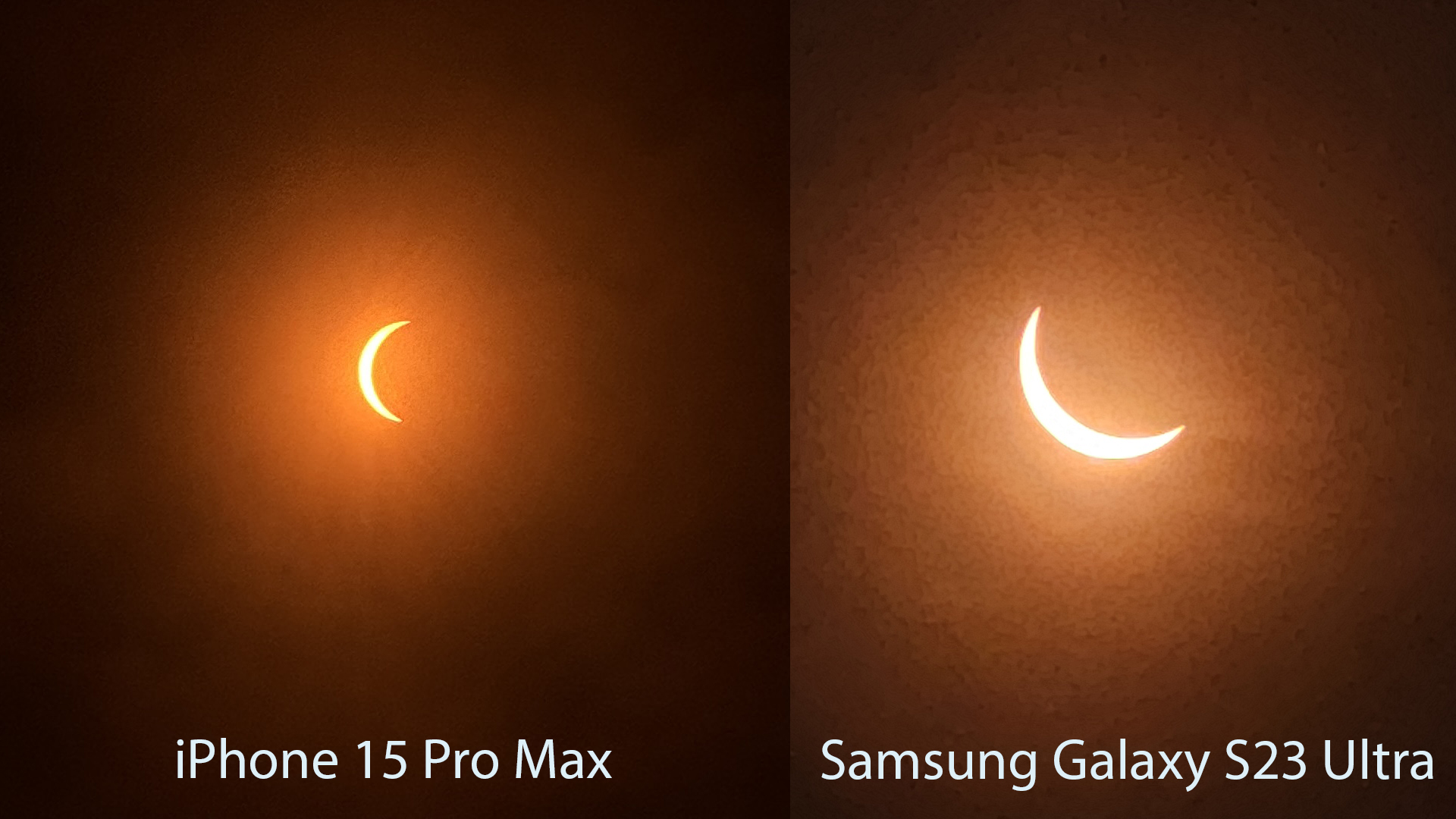
As I noted in my original story, I didn't use any of the digital zooms because I don't trust them. Back when I first reviewed the Samsung Galaxy S23 Ultra, I fell in love with Space Zoom. I didn't know it was possible to photograph the moon like that with a smartphone camera. I came to learn, though, that not all is as it seems.
Even Samsung will admit that the moonshots you can grab with Space Zoom are not "photos" of the moon, they are "images." Here's what Samsung said about it in 2023:
"Samsung continues to improve Scene Optimizer to reduce any potential confusion that may occur between the act of taking a picture of the real moon and an image of the moon."
If you wonder why Samsung Galaxy S23 Ultra's 30x and above shots look so much better than the competition, this is probably why.
With that in mind, I knew I couldn't use anything above 10x optical zoom to photograph the 2024 solar eclipse. Otherwise, I'd risk representing eclipse simulacrums. They'd look like the eclipse and, at a glance, be better than other people's eclipse photos, but they would not necessarily be real photos of this eclipse. My point is, real photography does not include AI-derived or generated information.
With all that said, I could not help but appreciate the comments and admire the work of more than half a dozen readers who sent me their eclipse images.
Reader Eclipse 2024 submissions
Chris Dugan's photos (embedded in a tweet below) and his comments are fairly typical. He shot with the Samsung Galaxy S23 Ultra and was clearly using the Space Zoom. They are dramatic, but I'm sure the algorithm jumped through quite a few hoops to make it all work. Even so, well, done, Chris.
@LanceUlanoff man my s23 ultra's pictures from the eclipse were A LOT closer than the pictures that you got...why is that? pic.twitter.com/kO1NMzank8April 11, 2024
Phil Adams also uses the Galaxy S23 Ultra but held the digital zoom back to just 30X to produce what may be my favorite shot of the bunch. One tip I shared with many eclipse photographers was to find a way to put the event in context, either by showing people or buildings around it. Phil's solution is brilliant: shoot through the leaves. It's gorgeous and I don't even care about whatever extra information the S23 Ultra's image processing may have added.

Jennifer Priestly enjoyed my article but was also curious why I didn't go all out with zoom. She has a Galaxy S22 Ultra, which also features Space Zoom and shared photos taken at 30x and 100x. "I didn't use a tripod, so my inability to hold perfectly still along with the cloud cover caused some graining, but I'm still blown away by the pictures I shot," she wrote me.
I explained to her my reasoning about the use of Space Zoom. She thanked me for the insight but stressed that at least readers should know these more powerful zooms are an option, even if they do come with a digital downside.
As for her eclipse shots, I do agree, these are amazing.
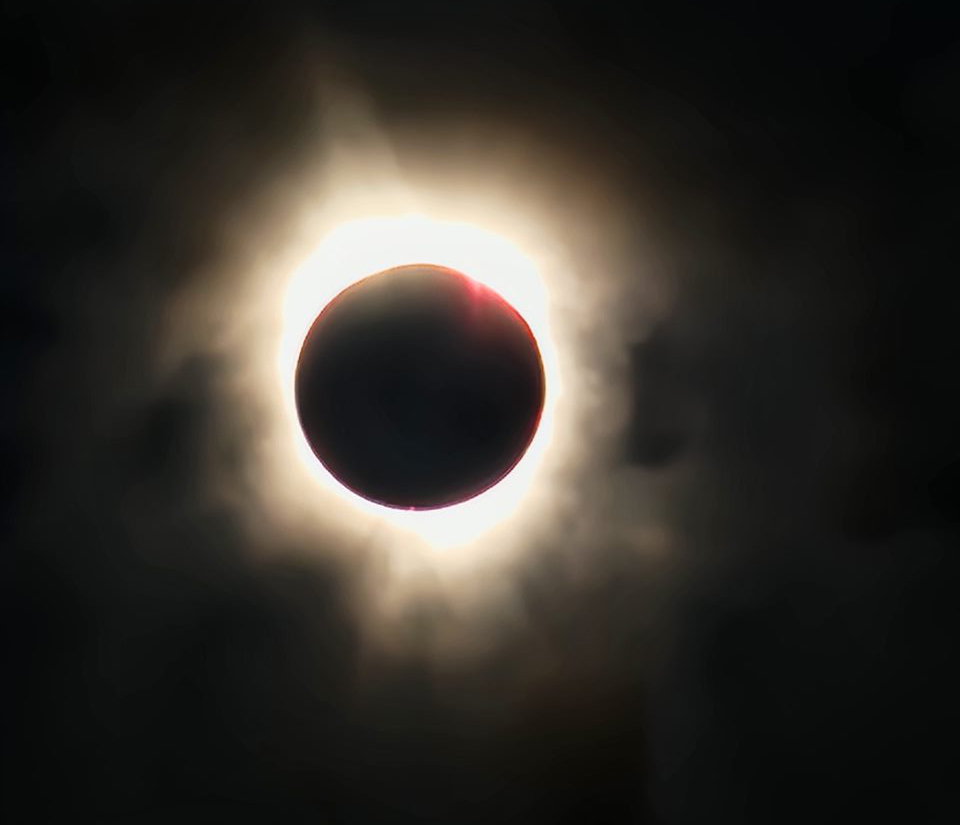
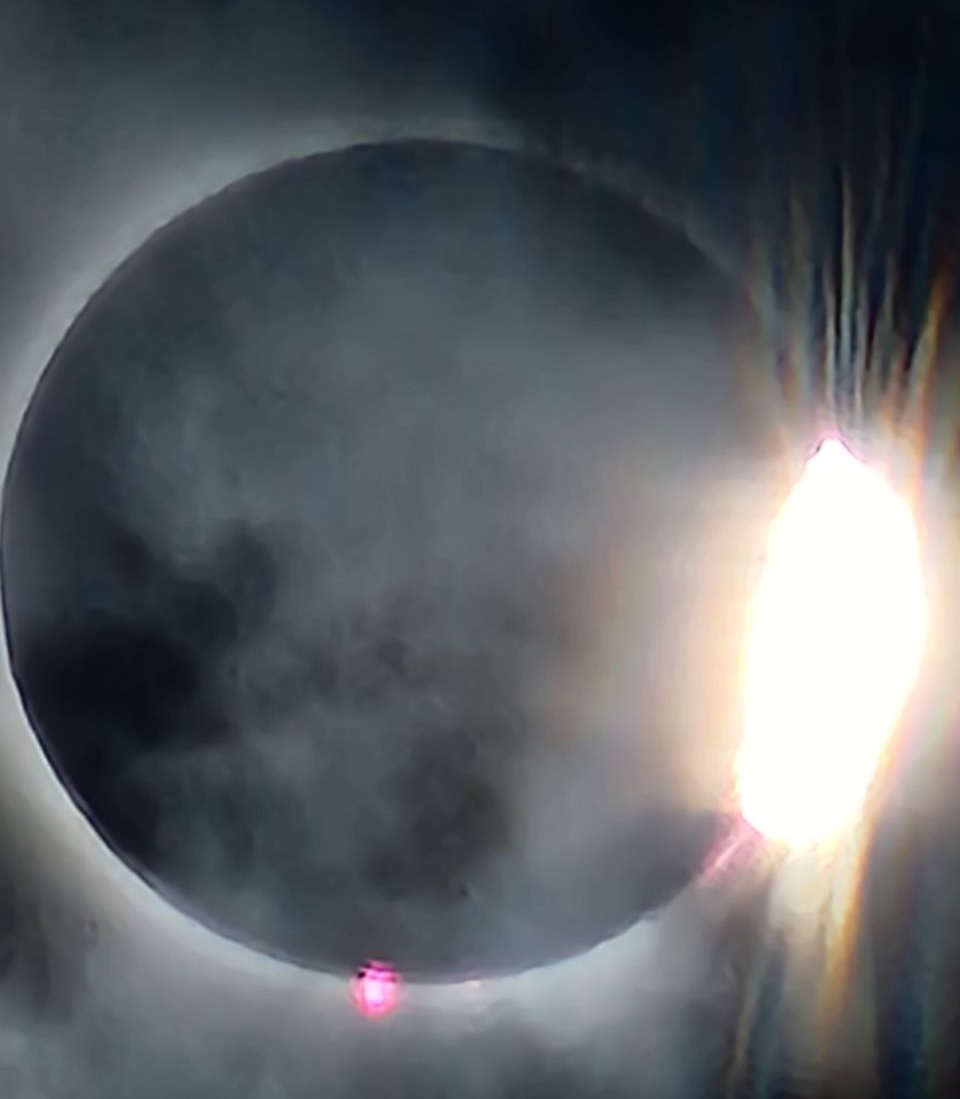

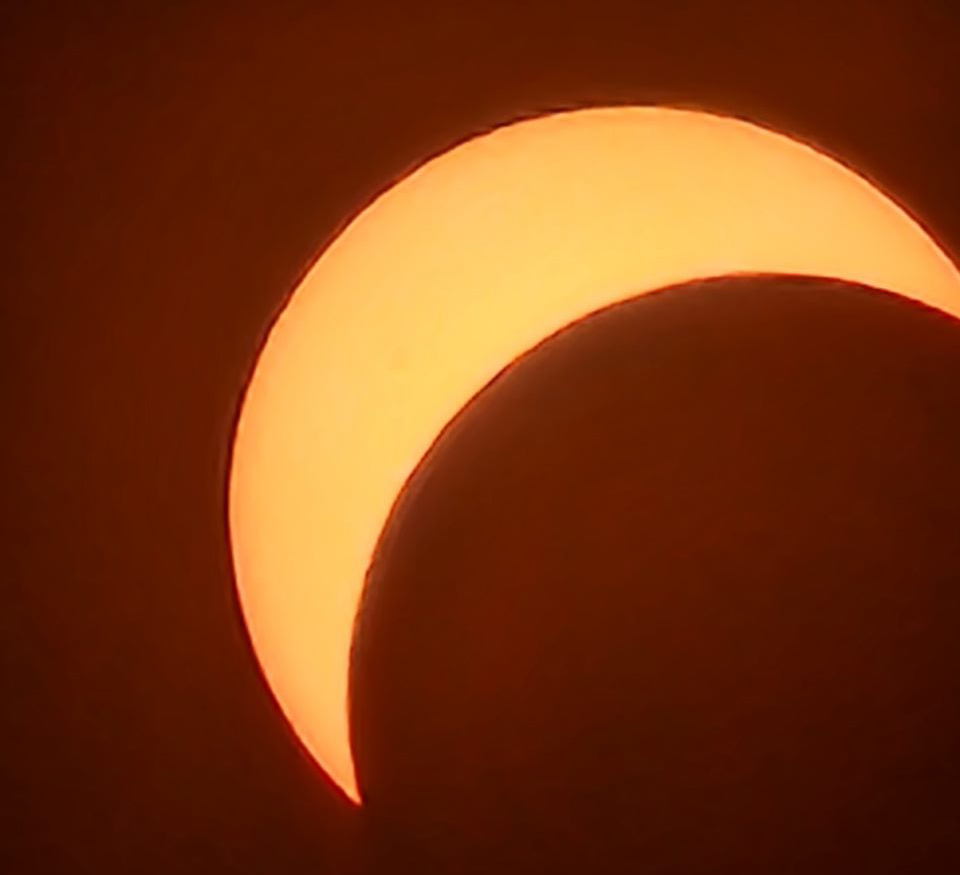
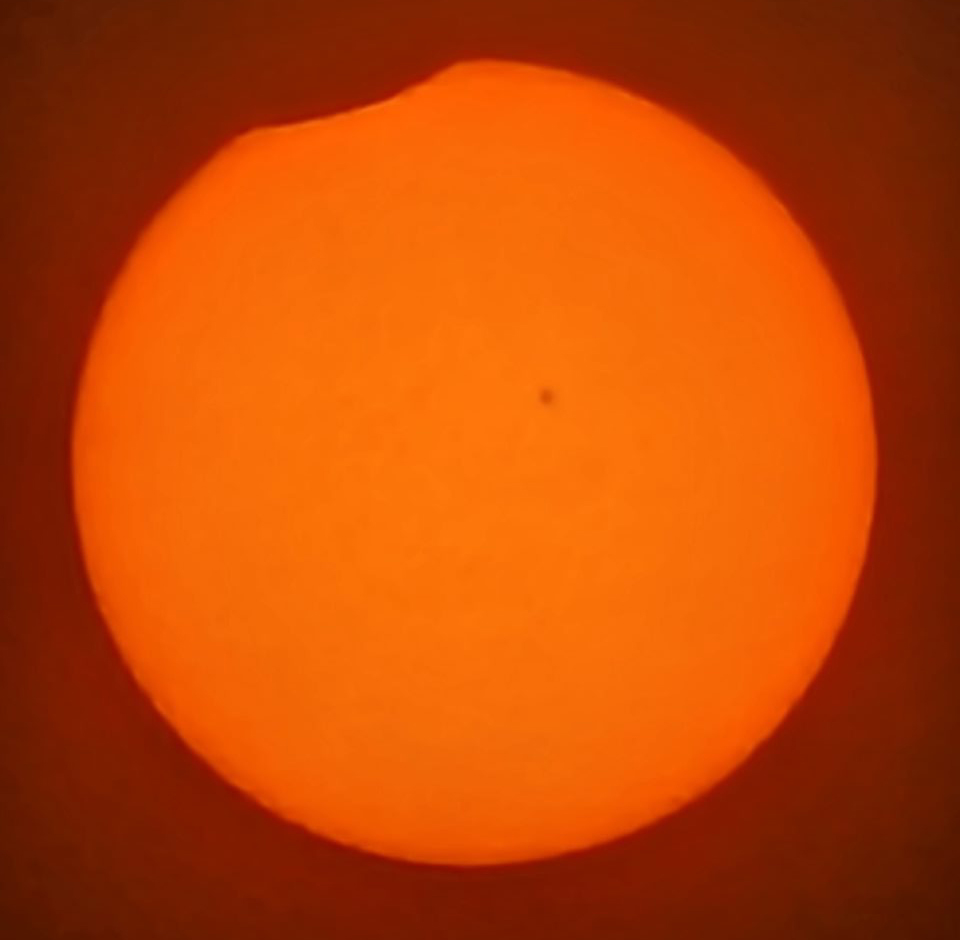
William Parker told me he knows how to "pinch and zoom turn the flash on and off and tap it that's it." For the shots, I can tell he pinched all the way until his Samsung Galaxy S23 Ultra was at maximum zoom. William did find a filter that he could place over the camera's lens, which is what made any of these shots possible. Grainy? sure. Beautiful and worth the effort? Of course.
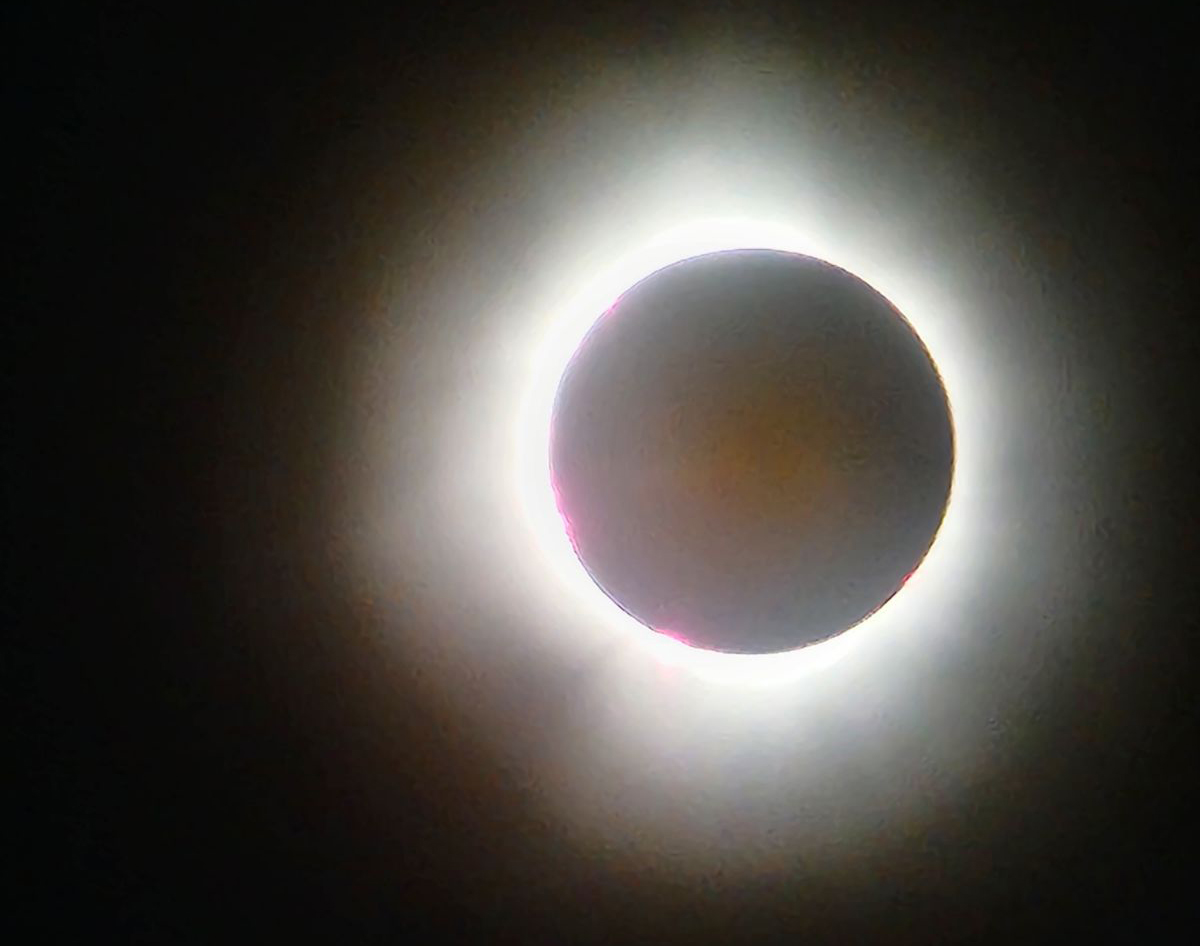
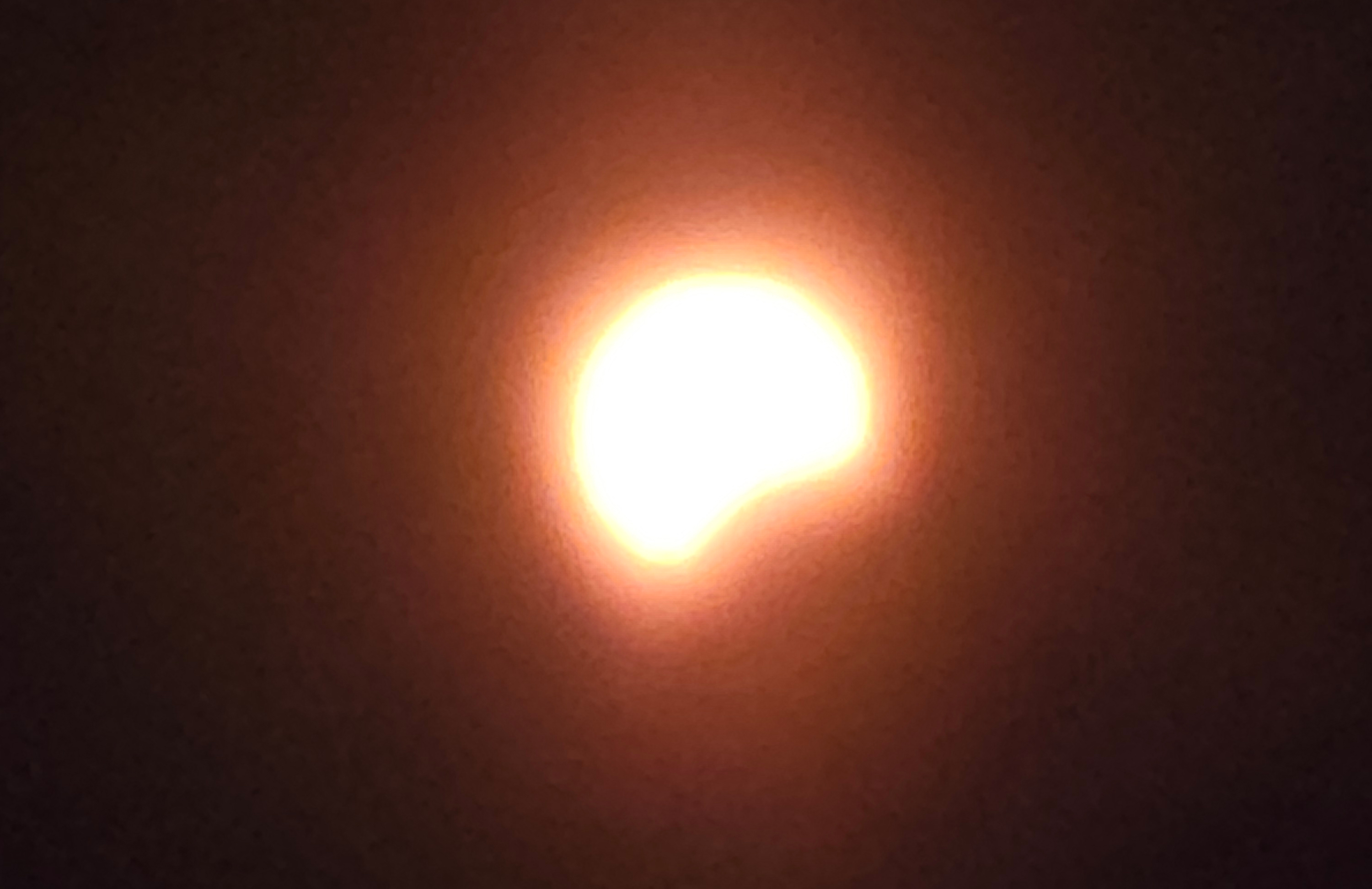
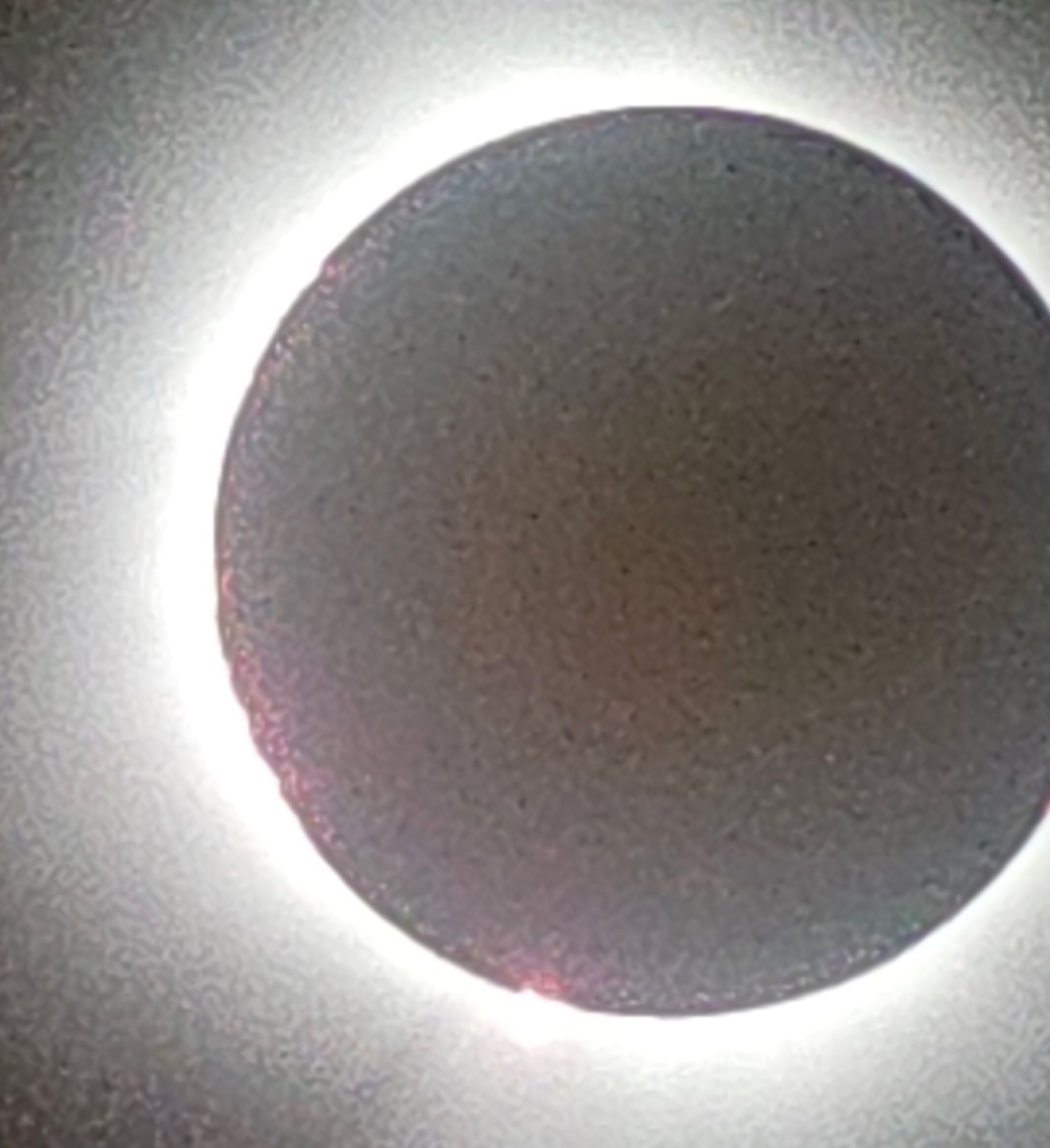
Reader Luis A. Davila pulled out his Google Pixel 7 Pro and, from the looks of it, applied the 30x digital zoom to grab one of the moodier shots.
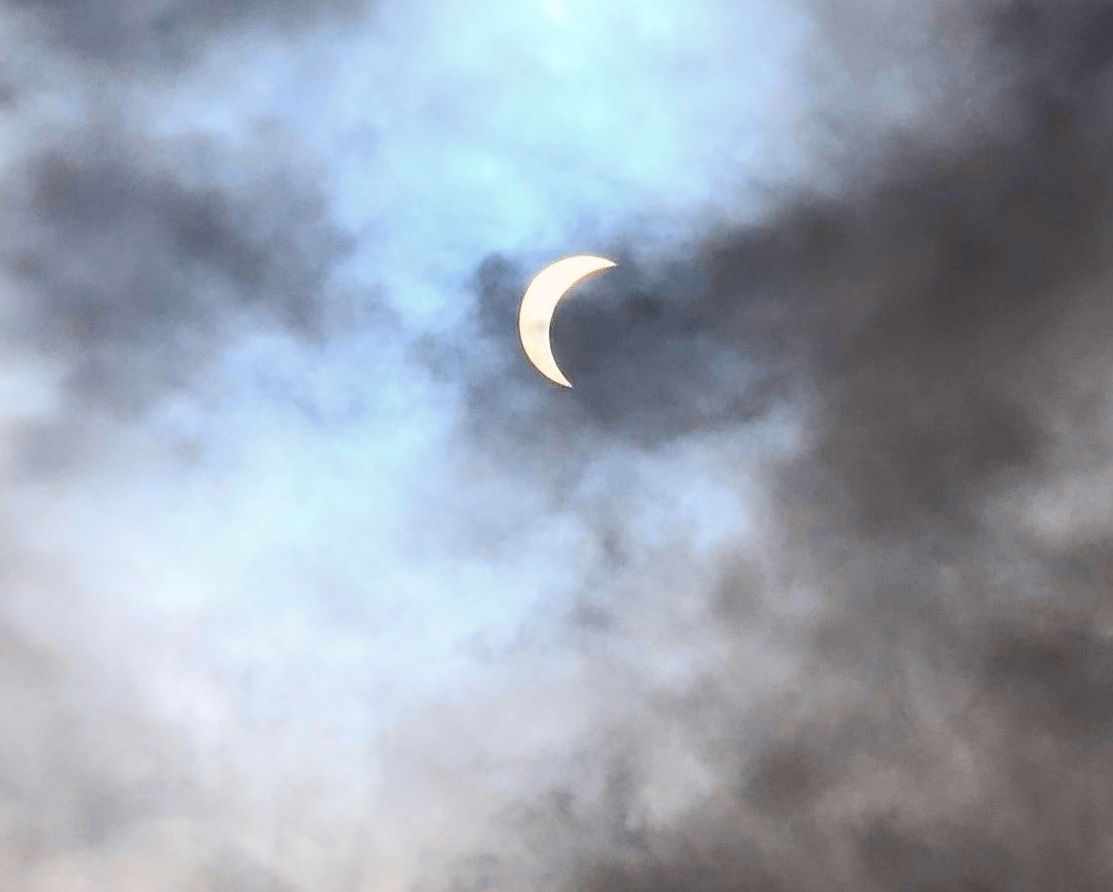
Ultimately, my post wasn't meant to be prescriptive but to test the native photography capabilities of some of my favorite smartphones. Doing during it an astro event that would impact millions was icing on the cake.
My guidelines for how I'd shoot the eclipse were just that, guidelines for me. I'm gratified to see so many other amateurs and professional photographers pushing their smartphone cameras to their limits and getting such joy out of capturing this rare celestial moment.







